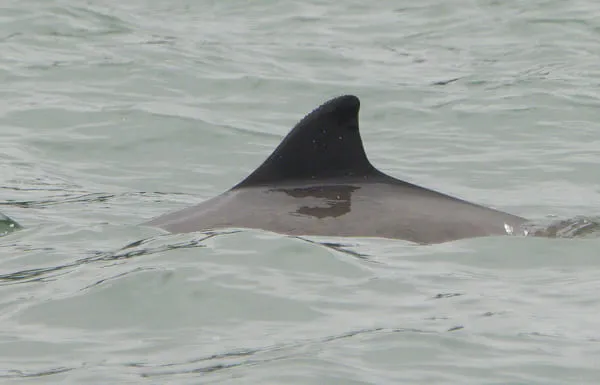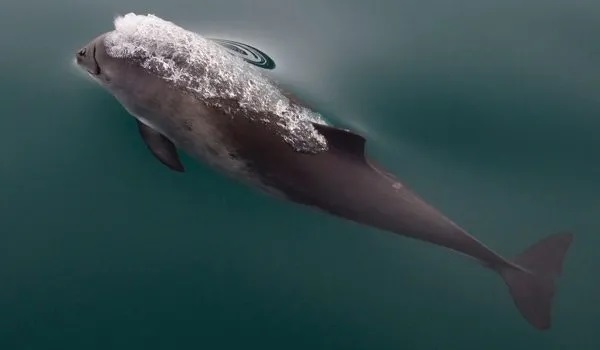Your GUIDE TO harbour porpoises IN CORNWALL
This creature is notoriously shy, but our crew at Padstow Sealife Safaris have clocked up considerable experience in knowing how to get the best views of harbour porpoises.
What is a Harbour Porpoise?
Harbour porpoises (Phocoena phocoena) are one of the most elusive marine mammals you might encounter in British waters, and they hold a special place in Cornwall’s coastal wildlife. As one of the five cetacean species you could spot on a Padstow Sealife Safari, this shy and charming creature is the only porpoise species regularly found in European coastal waters, including the North Sea, North Atlantic, and the North East Atlantic regions.


Identification and Behaviour
Harbour porpoises are among the smallest cetaceans in the world. This common porpoise is characterised by a dark grey back, lighter grey flanks, and a white underside. Their blunt head and lack of a beak distinguish them from their dolphin counterparts, along with their small, triangular dorsal fin. Unlike dolphins, which often leap and play in the wake of vessels, harbour porpoises are more reserved and less likely to approach boats, making any sighting a particularly memorable moment.
These animals are typically seen alone or in small groups of 2 to 3 animals, unlike the social life of bottlenose dolphins and other dolphin species. They travel close to the surface in cooler waters and shallow waters, rarely showing more than a curved dorsal fin above the waves. Their surfacing is brief and quiet, but if you’re lucky, and the sea is calm, you may even hear their characteristic puffing sound as they exhale through their blowhole. This signature sound is how they earned the affectionate nickname “puffing pigs.”
more porpoise facts
Where to see harbour porpoises in Cornwall
In Cornwall, particularly in areas like the Bristol Channel Approaches and along bands
of water running through the Contiguous Atlantic Area, harbour porpoises may be spotted on our boat trips. These regions provide an ideal body of water for foraging on bait fish, herring, and benthic fish.
The crews of our two-hour sea life safari boat trips will always keep their eagle eyes peeled to spot the harbour porpoises that live off these shores and will alert you to any sightings.